Home>Health & Lifestyle>Mindfulness & Relaxation Spaces>How To Mix Essential Oil For A Diffuser
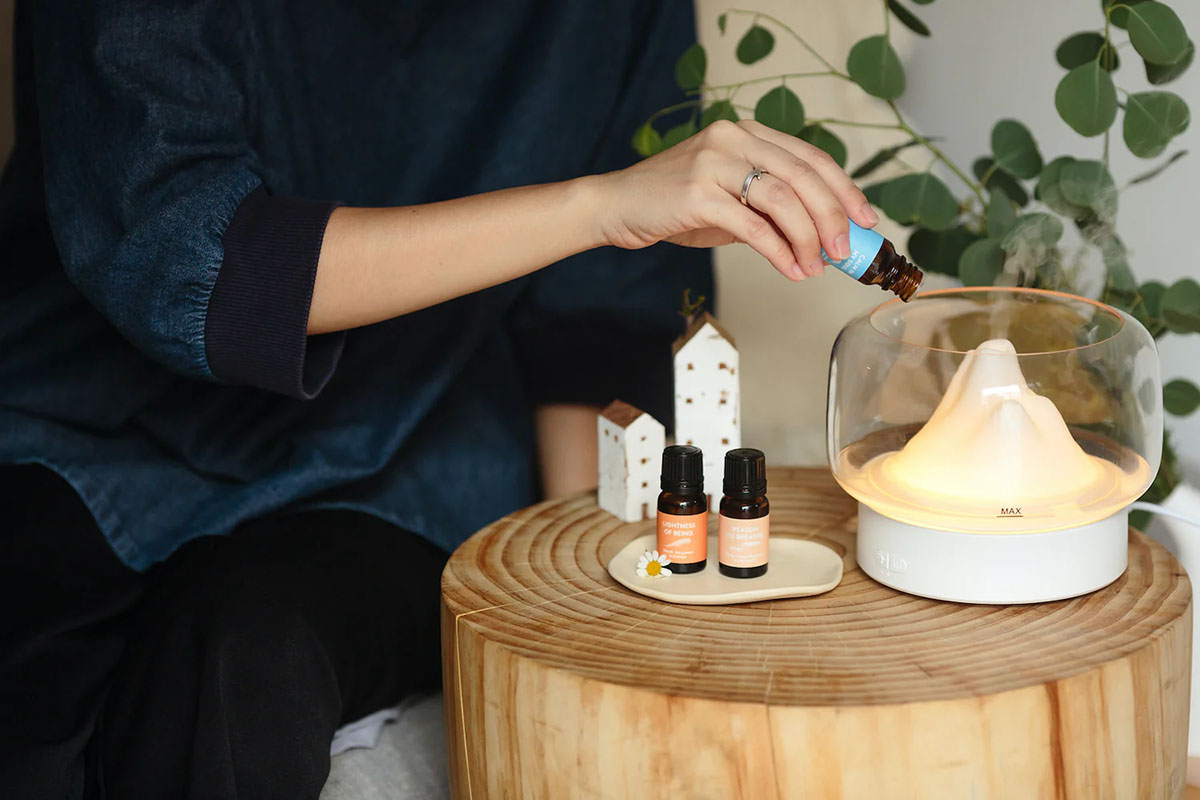

Mindfulness & Relaxation Spaces
How To Mix Essential Oil For A Diffuser
Modified: February 28, 2024
Discover the art of mixing essential oils for your diffuser to create the perfect atmosphere for mindfulness and relaxation in your space. Learn how to blend oils for a soothing and calming experience.
(Many of the links in this article redirect to a specific reviewed product. Your purchase of these products through affiliate links helps to generate commission for Storables.com, at no extra cost. Learn more)
**
Introduction
**
Welcome to the world of essential oils and the art of creating delightful diffuser blends! As you embark on this aromatic journey, you are about to discover the incredible power of nature's essences in promoting relaxation, rejuvenation, and a sense of well-being. The practice of diffusing essential oils has been cherished for centuries, offering a natural and therapeutic way to fill your space with captivating scents while enjoying their potential health benefits.
Whether you are seeking to unwind after a long day, create a harmonious ambiance, or simply enhance your surroundings with captivating fragrances, mixing essential oils for your diffuser opens up a realm of creative possibilities. In this guide, we will delve into the art of crafting essential oil blends for diffusers, providing insights into the selection of oils, blending techniques, and tips for maximizing your aromatherapy experience.
Join us as we explore the world of essential oils and uncover the secrets to crafting captivating diffuser blends that cater to your unique preferences and needs. Let's embark on this aromatic adventure together, where the captivating scents of nature await to elevate your senses and enrich your daily life.
**
Key Takeaways:
- Dive into the world of essential oils and create personalized diffuser blends to enhance relaxation, invigorate your space, and promote well-being through captivating scents.
- Understand the characteristics of essential oils, select blends that suit your mood and environment, and experiment with different combinations to create a unique aromatic experience.
Read more: How To Fill An Essential Oil Diffuser
Understanding Essential Oils
**
Essential oils are highly concentrated, volatile compounds extracted from various parts of plants, including flowers, leaves, stems, and roots. These potent oils capture the plant’s natural fragrance and beneficial properties, making them a versatile and sought-after ingredient in aromatherapy and holistic wellness practices. Each essential oil boasts a unique chemical composition, aroma profile, and potential therapeutic effects, offering a diverse array of options for creating personalized diffuser blends.
When using essential oils in a diffuser, it’s essential to understand their individual characteristics and potential benefits. For instance, lavender essential oil is renowned for its calming and soothing properties, making it an excellent choice for relaxation and promoting restful sleep. On the other hand, invigorating citrus oils such as lemon and sweet orange can uplift the atmosphere and evoke a sense of freshness and vitality.
Furthermore, essential oils can be categorized based on their aromatic notes, which include top, middle, and base notes. Top notes, such as bergamot and eucalyptus, offer a refreshing and uplifting aroma, while middle notes like rose and chamomile contribute to a harmonious and balancing scent. Base notes, such as cedarwood and patchouli, provide a grounding and lingering aroma that adds depth and richness to a blend.
It’s important to note that essential oils should be handled with care due to their potency. Always adhere to recommended dilution guidelines and safety precautions when using essential oils, especially if you are new to aromatherapy practices. By gaining a deeper understanding of essential oils and their diverse attributes, you can confidently embark on the journey of creating bespoke diffuser blends that cater to your desired ambiance and well-being goals.
**
Choosing the Right Essential Oils for Your Diffuser
**
When selecting essential oils for your diffuser blends, it’s essential to consider your desired ambiance, the intended purpose of the blend, and your personal scent preferences. The vast array of available essential oils provides an opportunity to tailor your blends to suit specific moods, occasions, or wellness objectives.
Begin by identifying the primary goal of your diffuser blend. Are you aiming to create a tranquil environment for relaxation and stress relief, or do you seek an energizing and invigorating atmosphere? For relaxation, consider incorporating calming oils such as lavender, chamomile, or frankincense, while blends designed to uplift and revitalize may feature citrus oils like lemon, grapefruit, or bergamot.
Additionally, take into account the season and time of day when crafting your diffuser blends. During the cooler months, warm and comforting scents like cinnamon, clove, and cedarwood can evoke a cozy ambiance, while the freshness of peppermint and eucalyptus may be more suited for invigorating morning blends.
Furthermore, consider the synergy of essential oils when creating blends. Some oils complement each other harmoniously, enhancing the overall aromatic experience. For instance, the combination of lavender, cedarwood, and sweet orange can produce a balanced blend that promotes relaxation while infusing the air with a gentle, uplifting scent.
It’s important to note that personal preferences play a significant role in choosing essential oils for diffuser blends. Experiment with different combinations and take note of the scents that resonate with you. Embracing your unique olfactory preferences allows you to curate blends that truly resonate with your senses and contribute to a comforting and enjoyable environment.
By thoughtfully selecting essential oils that align with your desired ambiance, purpose, and personal preferences, you can embark on a creative journey of crafting bespoke diffuser blends that cater to your specific needs and enhance your living spaces with captivating aromas.
**
When mixing essential oils for a diffuser, start with 3-5 drops of your chosen oils. For a calming blend, try lavender and chamomile. For an energizing blend, try peppermint and orange. Always follow the manufacturer’s guidelines for your specific diffuser.
Mixing Essential Oils for Diffuser Blends
**
Creating harmonious and well-balanced diffuser blends involves the art of mixing essential oils in thoughtful combinations that synergize to evoke desired moods and atmospheres. Whether you aim to promote relaxation, boost mental clarity, or infuse your space with an enchanting aroma, mastering the art of blending essential oils is the key to unlocking a world of aromatic possibilities.
When crafting diffuser blends, it’s crucial to consider the intensity and aroma profile of each essential oil. Start by selecting your desired dominant scent, which will serve as the primary aromatic focus of the blend. For instance, if you wish to create a calming blend, lavender or Roman chamomile can serve as the predominant scent, imparting a soothing and tranquil ambiance.
Next, introduce complementary oils that enhance and balance the dominant scent. These oils contribute depth, complexity, and additional therapeutic benefits to the blend. For example, the addition of a citrus oil like bergamot or a woody note such as cedarwood can elevate the overall aromatic profile, creating a well-rounded and captivating blend.
Consider the aromatic notes of the essential oils as well. Incorporating oils from different note categories—top, middle, and base—can contribute to a multi-dimensional and long-lasting aroma. This layering of notes adds depth and complexity to the blend, ensuring that the scent evolves gracefully over time as it disperses through the air.
Furthermore, pay attention to the proportions of each essential oil in the blend. While there are no strict rules, a general guideline is to use a dominant scent at 50-70%, complementary oils at 20-30%, and accent notes at 5-10% of the total blend. However, these proportions can be adjusted based on personal preferences and the specific aromatic profile you aim to achieve.
Lastly, embrace experimentation and creativity when mixing essential oils for diffuser blends. Keep detailed notes of your blend compositions and the resulting aromas, allowing you to refine and customize your creations over time. By honing your blending skills and exploring diverse combinations, you can curate captivating diffuser blends that cater to your unique preferences and elevate your sensory experiences.
**
Tips for Using Essential Oil Diffuser Blends
**
Maximizing the effectiveness and enjoyment of essential oil diffuser blends involves thoughtful consideration of various factors, ranging from diffuser selection to optimal usage techniques. By incorporating these tips into your aromatherapy practices, you can elevate the overall experience and derive greater benefits from your carefully crafted blends.
- Choose a High-Quality Diffuser: Select a well-designed ultrasonic or nebulizing diffuser that effectively disperses the essential oil molecules into the air. This ensures a consistent and long-lasting diffusion, enhancing the aromatic impact of your blends.
- Proper Dilution: When creating diffuser blends, especially for larger spaces, it’s advisable to use a higher concentration of essential oils to achieve the desired potency. However, always adhere to recommended dilution guidelines to ensure safe and effective diffusion.
- Diffusion Duration: Experiment with different diffusion durations based on the size of the space and the strength of the blend. Shorter intervals in well-ventilated areas and longer sessions in enclosed spaces can optimize the diffusion experience.
- Rotation of Blends: To prevent olfactory fatigue and ensure continued enjoyment of your diffuser blends, rotate between different combinations and scents. This practice keeps the aromatic experience fresh and prevents sensory adaptation to specific aromas.
- Customize for Different Environments: Tailor your diffuser blends to suit specific environments and activities. Create invigorating blends for workspaces, calming blends for bedrooms, and refreshing blends for common areas to cater to the unique needs of each space.
- Observe Personal Sensitivities: Be mindful of individual sensitivities and preferences when diffusing essential oils in shared spaces. Consider the potential impact of certain scents on others and adjust your blends accordingly to ensure a harmonious environment for all.
- Regular Maintenance: Clean your diffuser regularly to prevent the buildup of residue and maintain optimal performance. This ensures that your diffuser effectively disperses the intended aromas without interference from previous blends.
- Mindful Observation: Pay attention to the effects of diffuser blends on your mood, energy levels, and overall well-being. This mindful observation allows you to fine-tune your blends and create personalized aromatic experiences that resonate with your senses.
By integrating these tips into your use of essential oil diffuser blends, you can enhance their efficacy, adapt them to various settings, and cultivate an enriching aromatic environment that aligns with your wellness goals and sensory preferences.
**
Read more: What Is An Essential Oil Diffuser Used For
Conclusion
**
As we conclude our exploration of the art of mixing essential oils for diffuser blends, it’s evident that aromatherapy offers a captivating avenue for enhancing our surroundings and nurturing our well-being. The intricate process of selecting, blending, and diffusing essential oils allows us to curate personalized aromatic experiences that cater to our individual preferences, moods, and environments.
By understanding the diverse qualities of essential oils, including their aromas, therapeutic properties, and synergistic potential, we gain the insight needed to craft blends that evoke specific emotions, promote relaxation, or invigorate our senses. The careful orchestration of essential oil combinations, considering dominant scents, complementary notes, and blending proportions, empowers us to create captivating diffuser blends that enrich our daily lives.
Furthermore, the tips for using essential oil diffuser blends provide valuable guidance for optimizing the diffusion experience, maintaining a harmonious aromatic environment, and customizing blends to suit various settings and preferences. Through mindful observation and experimentation, we can refine our blends, adapt them to different environments, and derive greater satisfaction from the captivating scents that fill our spaces.
As you embark on your aromatic journey, may the art of mixing essential oils for diffuser blends inspire you to explore the boundless possibilities of aromatherapy and create immersive sensory experiences that nurture your mind, body, and spirit. Embrace the creativity and therapeutic potential of essential oils, and allow their enchanting scents to elevate your everyday moments, fostering a sense of tranquility, vitality, and joy.
With each carefully crafted blend, you have the opportunity to infuse your surroundings with the captivating essence of nature, transforming your living spaces into sanctuaries of aromatic delight. As you delve into the art of aromatherapy, may your diffuser blends become a reflection of your unique essence, enveloping you in a tapestry of evocative scents that resonate with your soul.
Embrace the art, science, and enchantment of essential oil diffuser blends, and let the symphony of aromas transport you to a realm of relaxation, inspiration, and well-being. Your aromatic journey awaits, filled with the wondrous possibilities of essential oils and the transformative power they hold.
Frequently Asked Questions about How To Mix Essential Oil For A Diffuser
Was this page helpful?
At Storables.com, we guarantee accurate and reliable information. Our content, validated by Expert Board Contributors, is crafted following stringent Editorial Policies. We're committed to providing you with well-researched, expert-backed insights for all your informational needs.
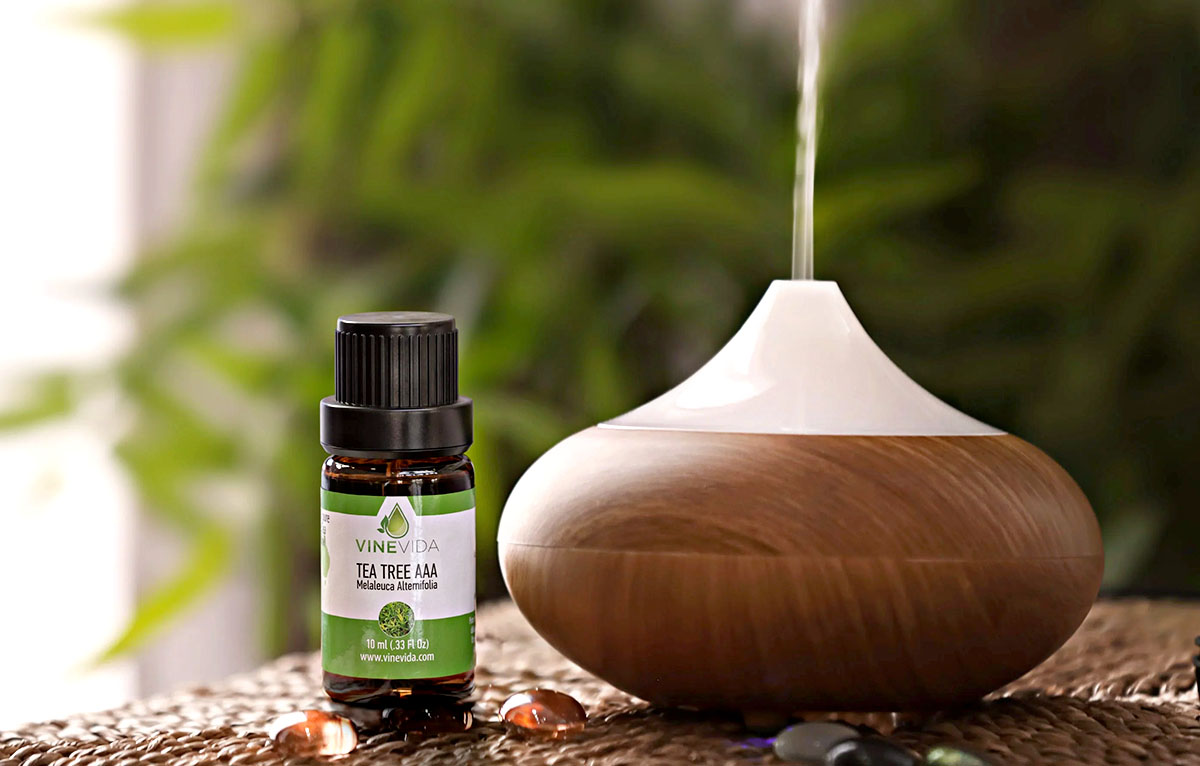
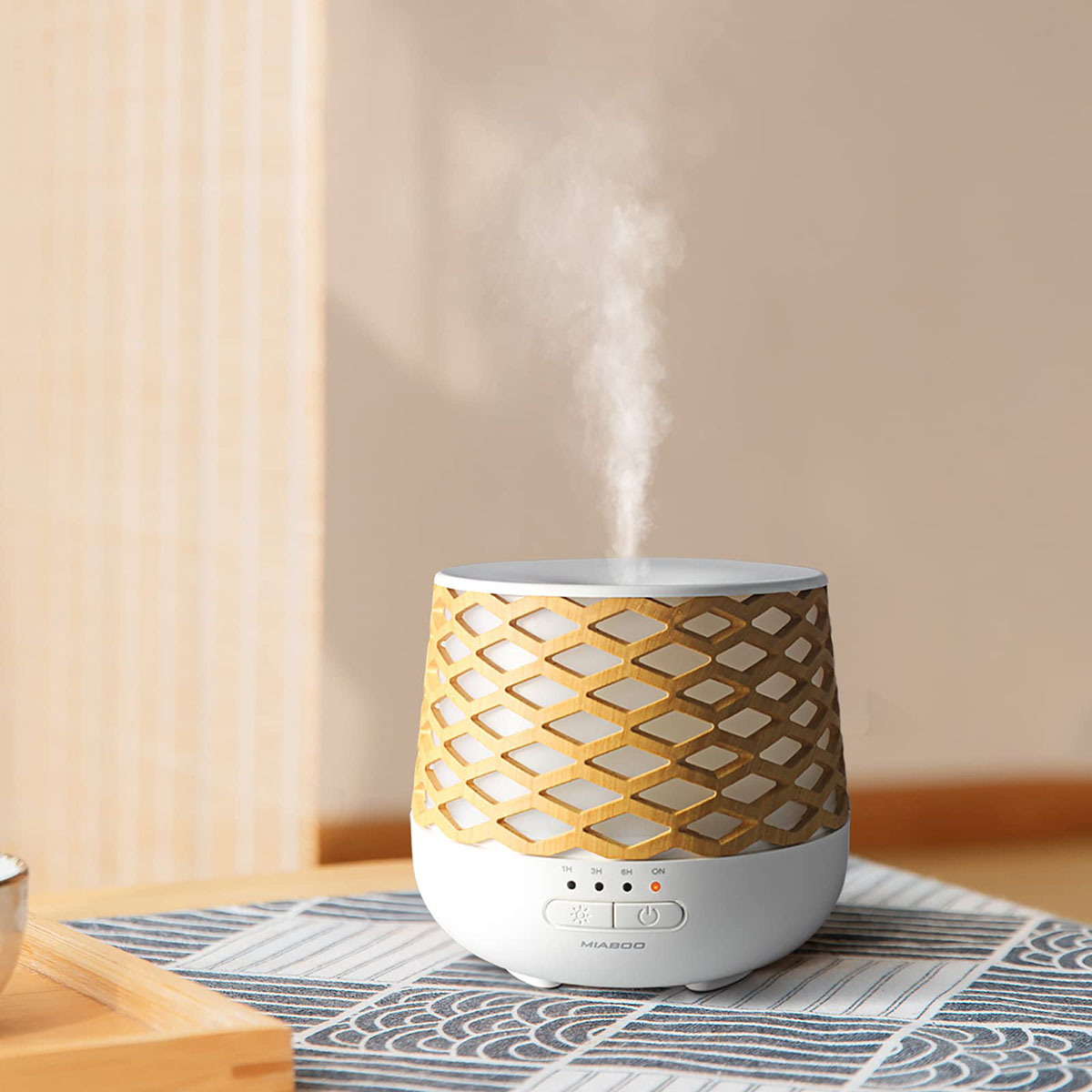
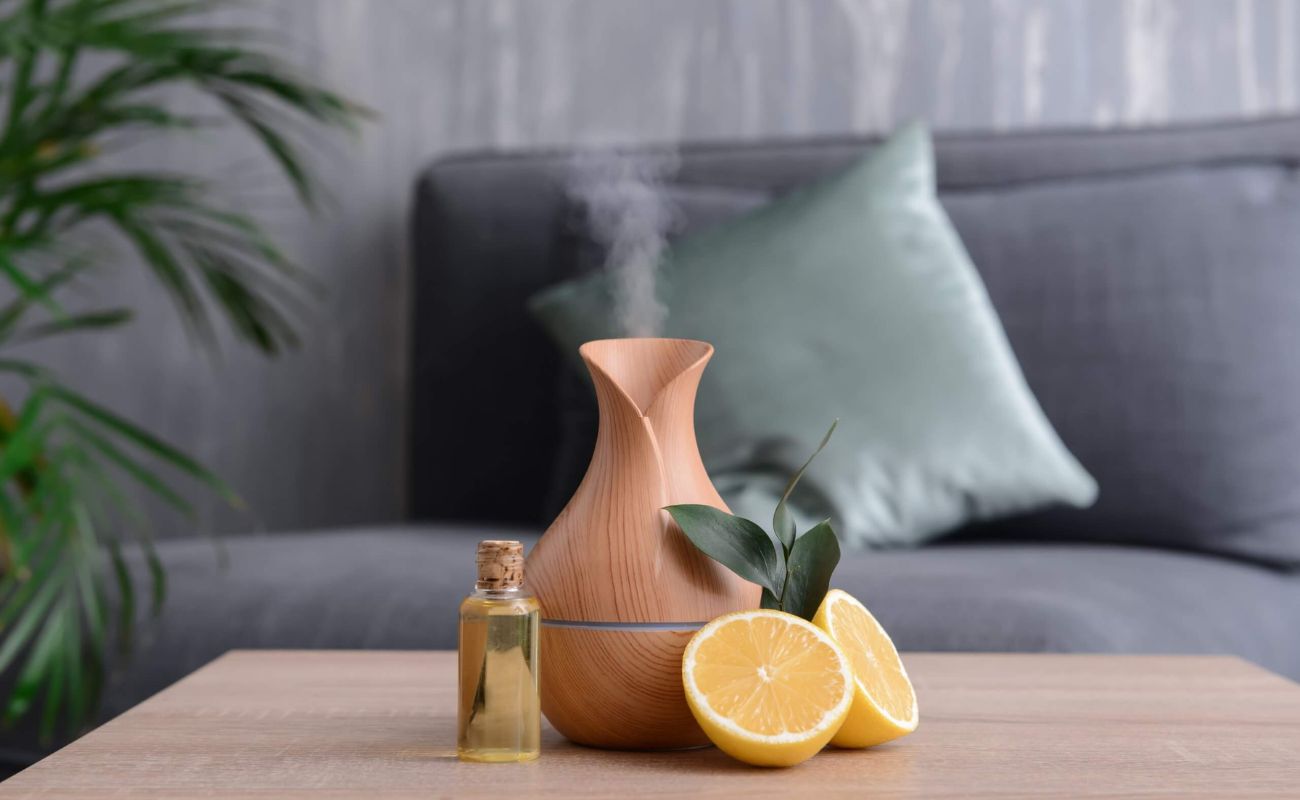
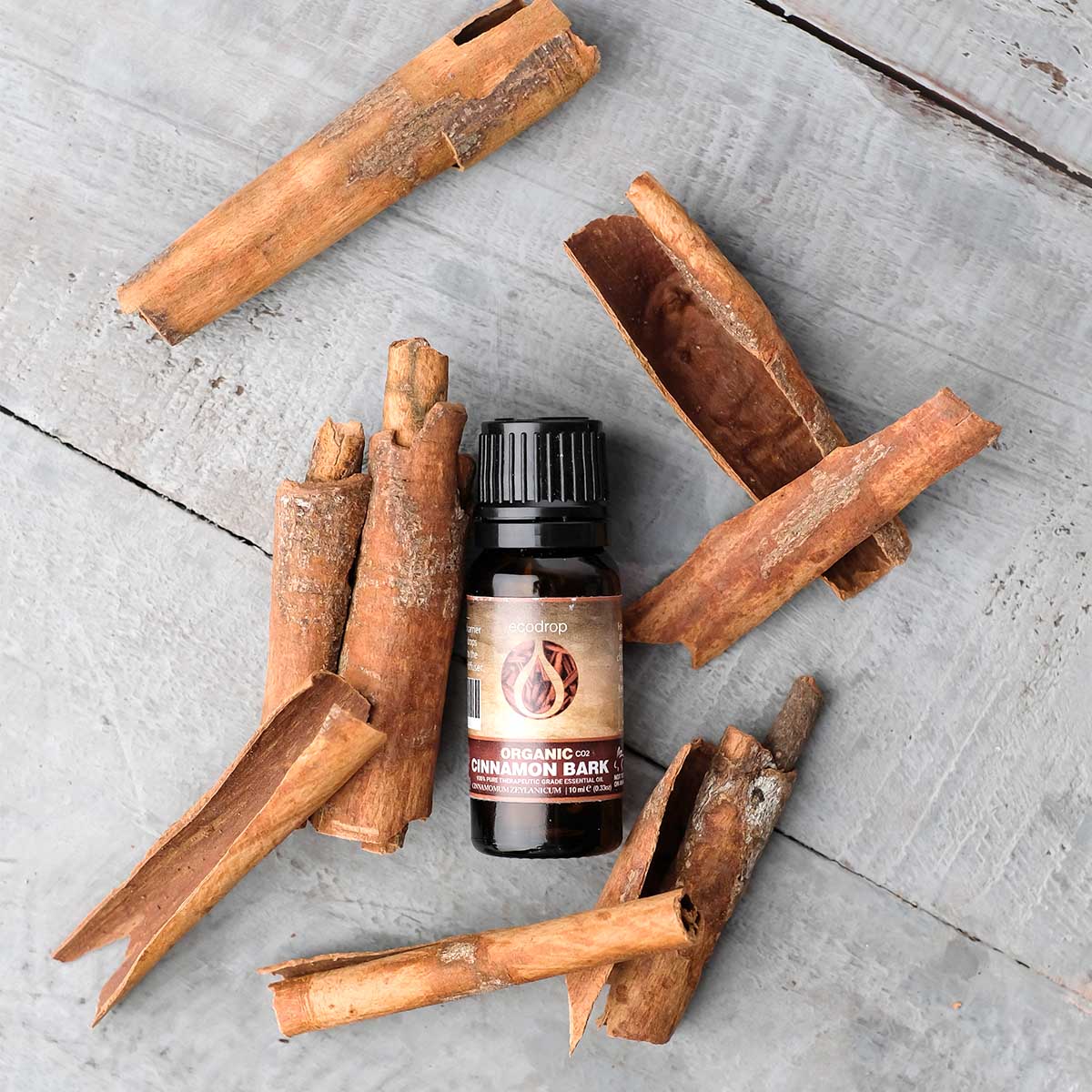
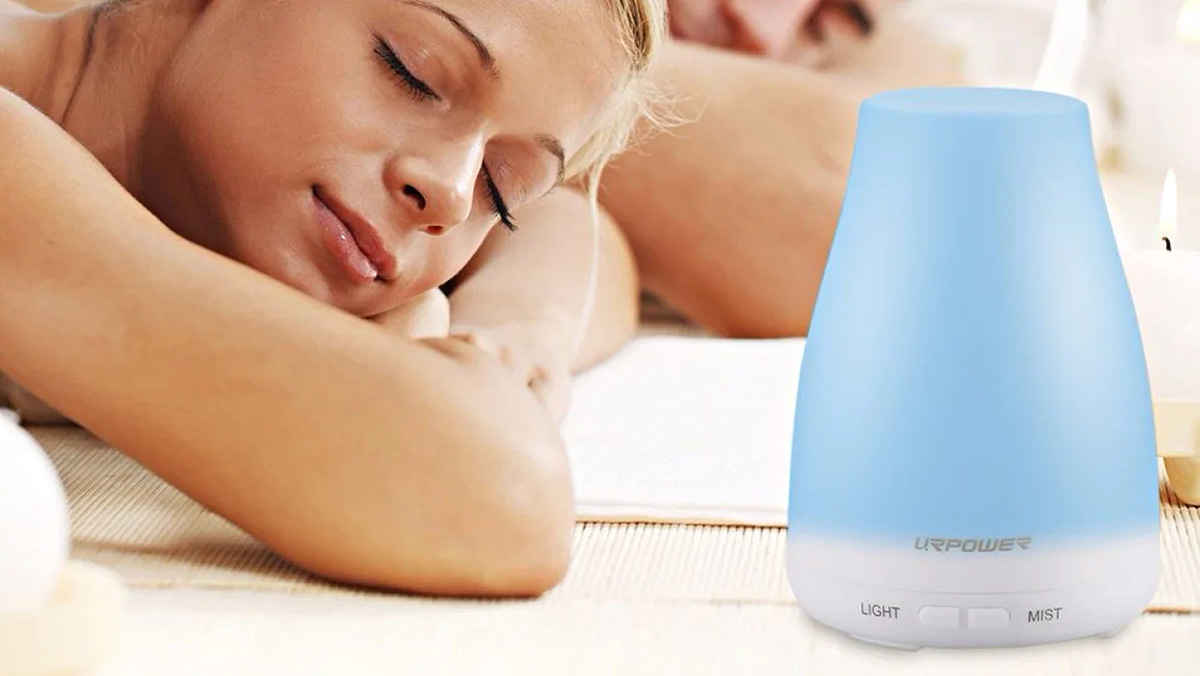
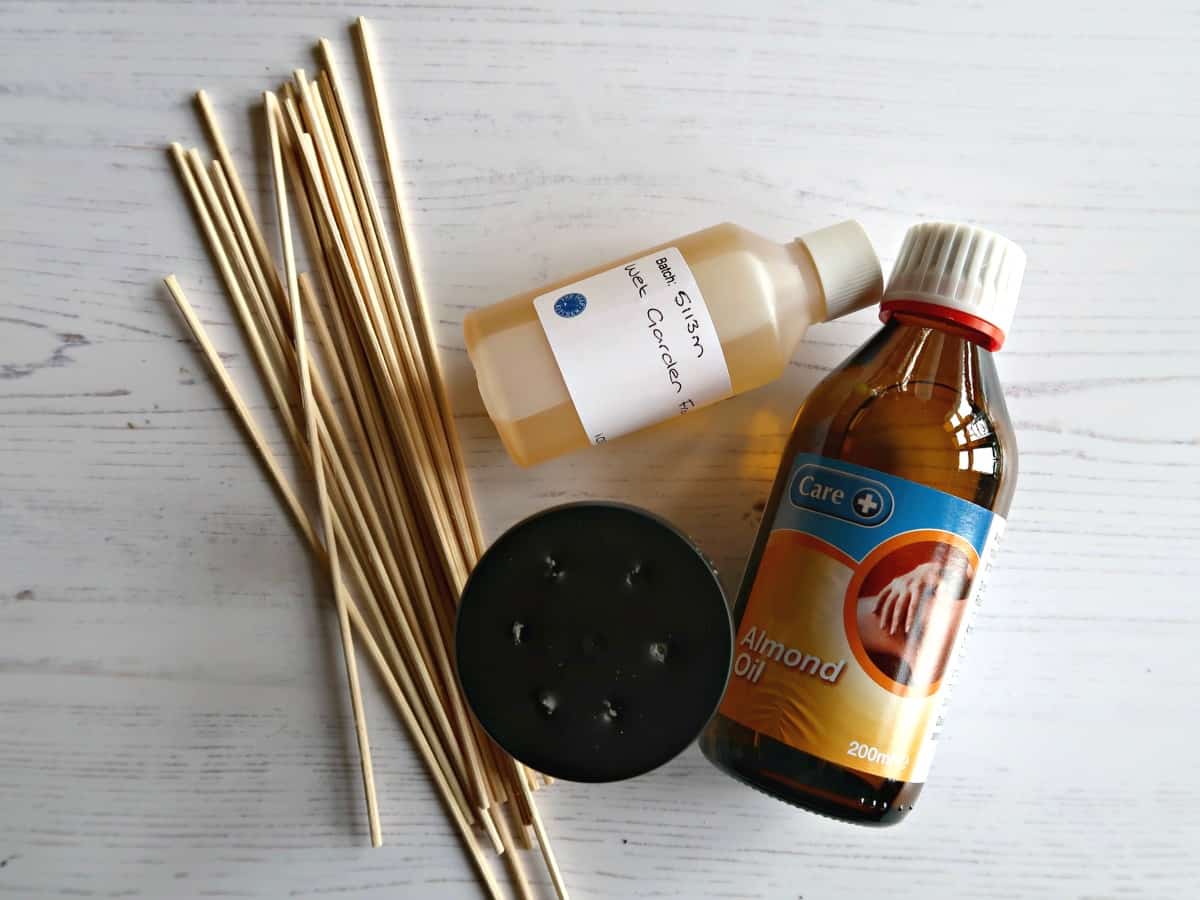
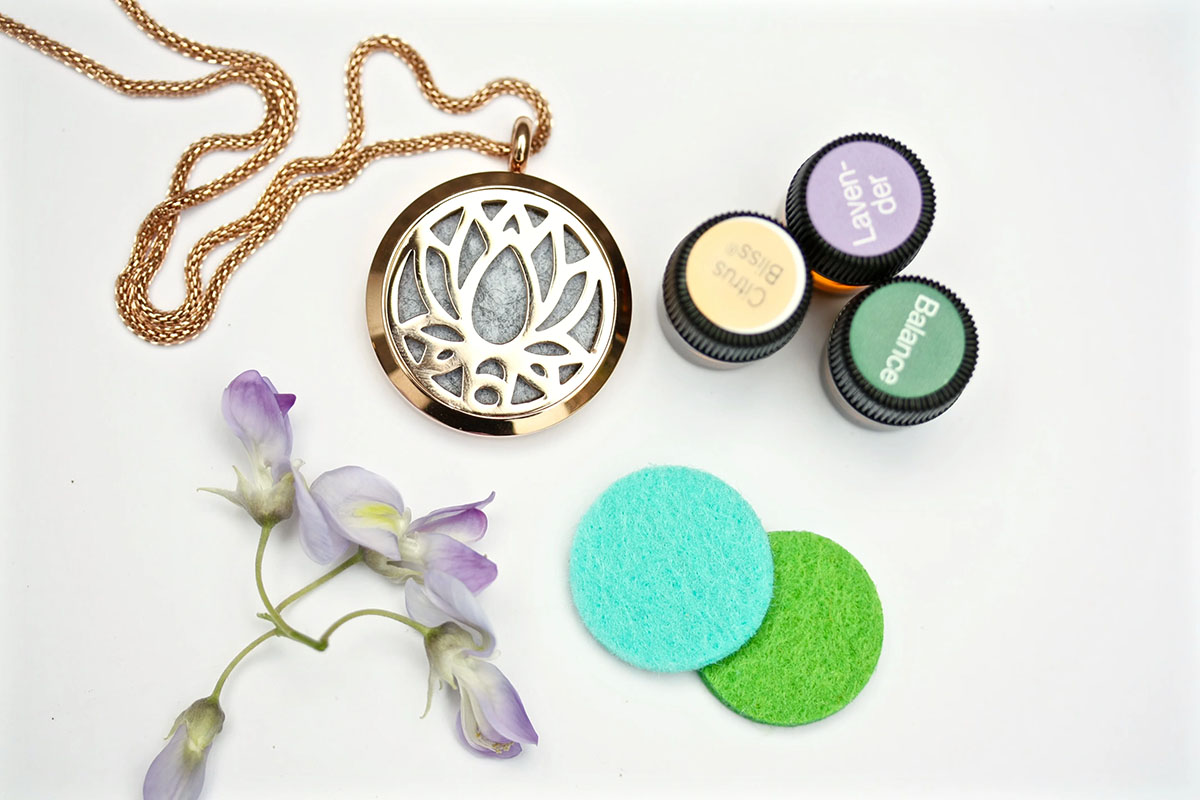
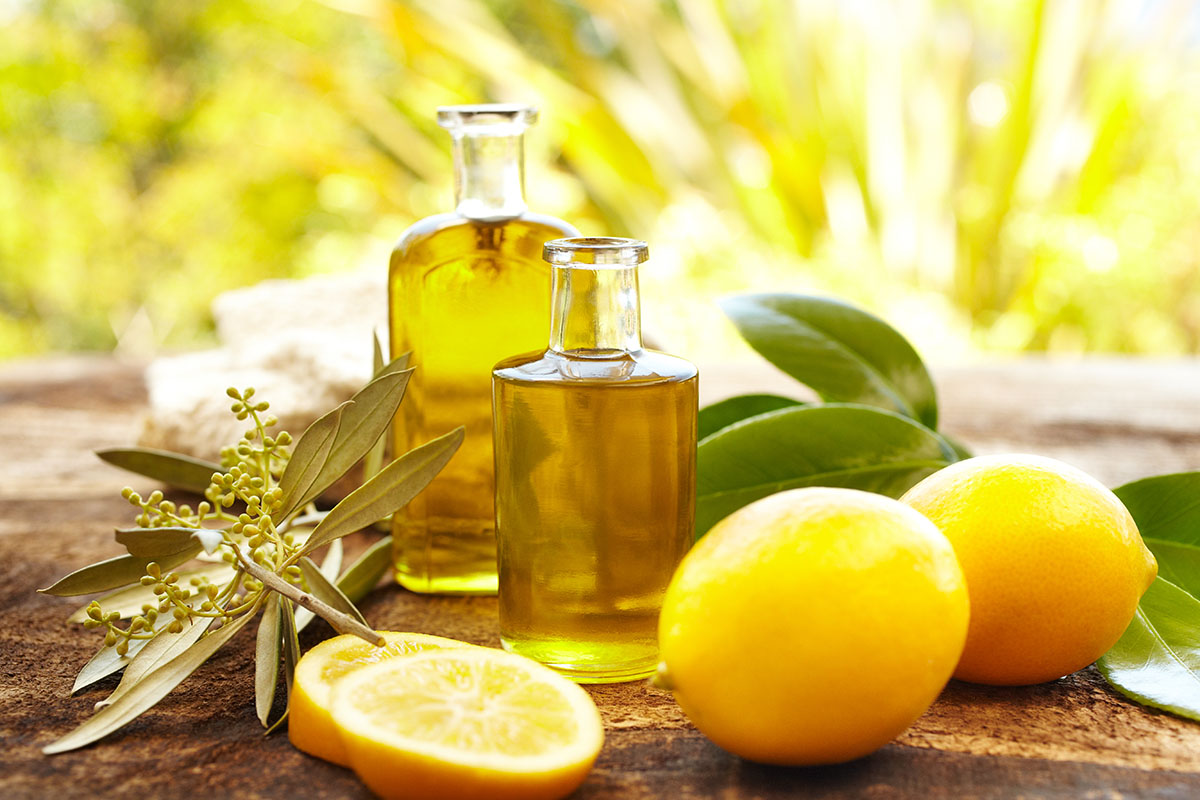
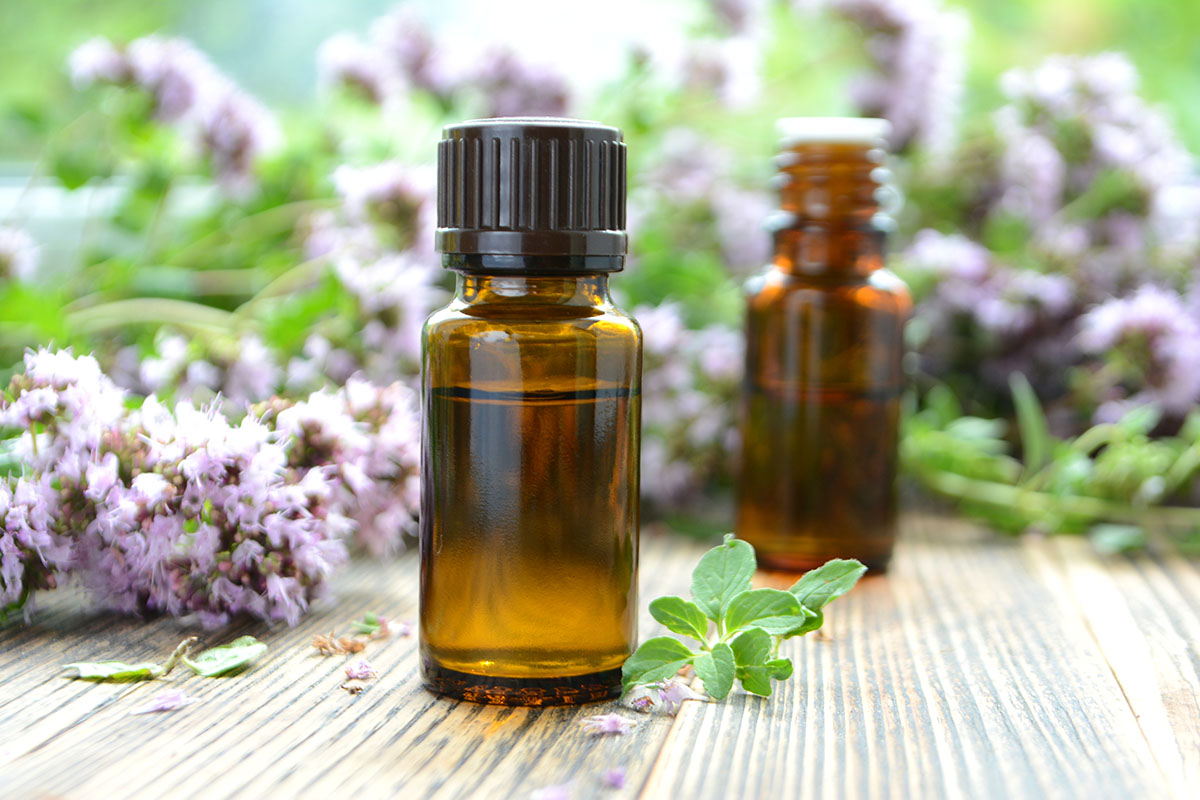
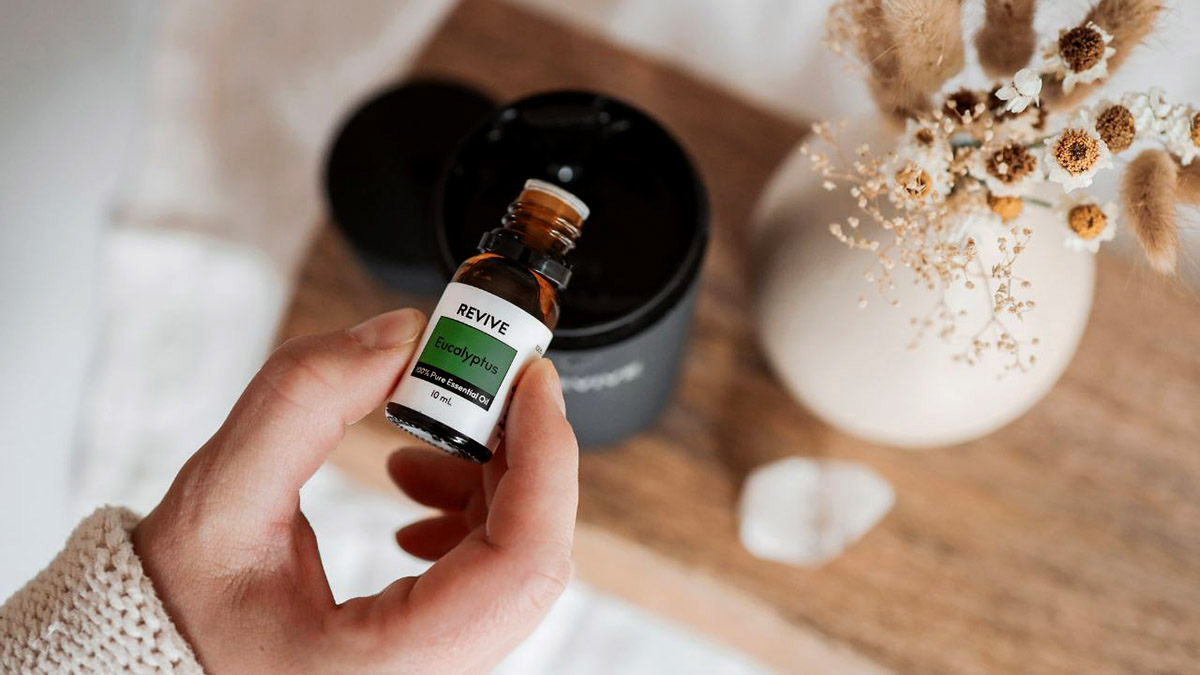
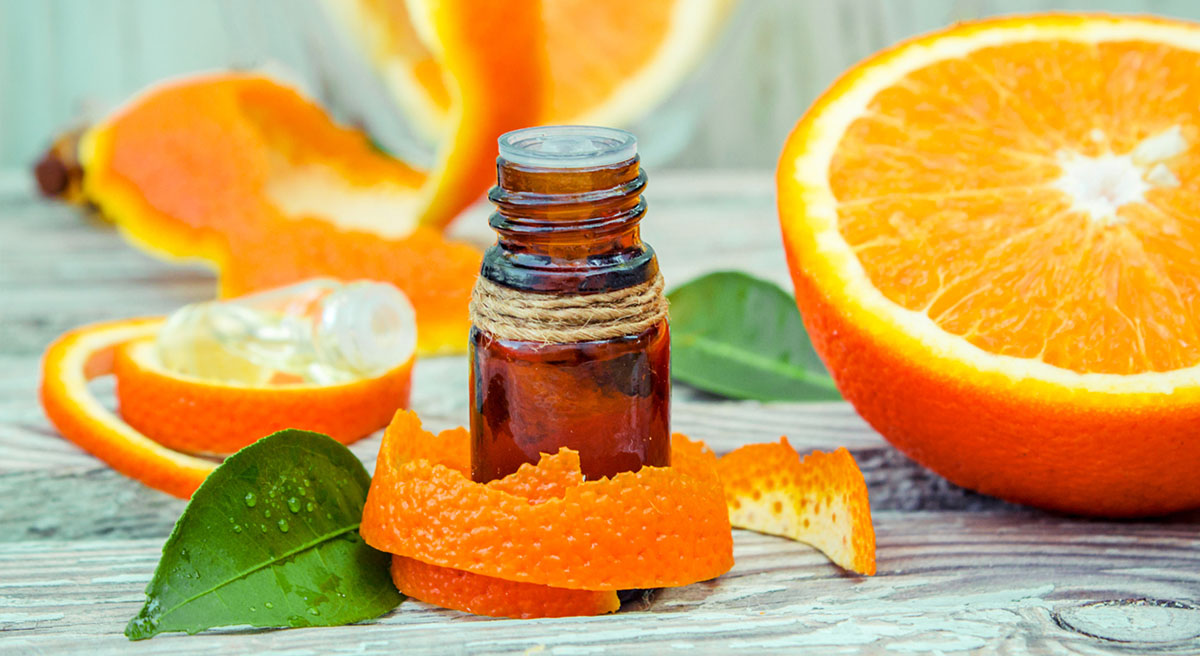
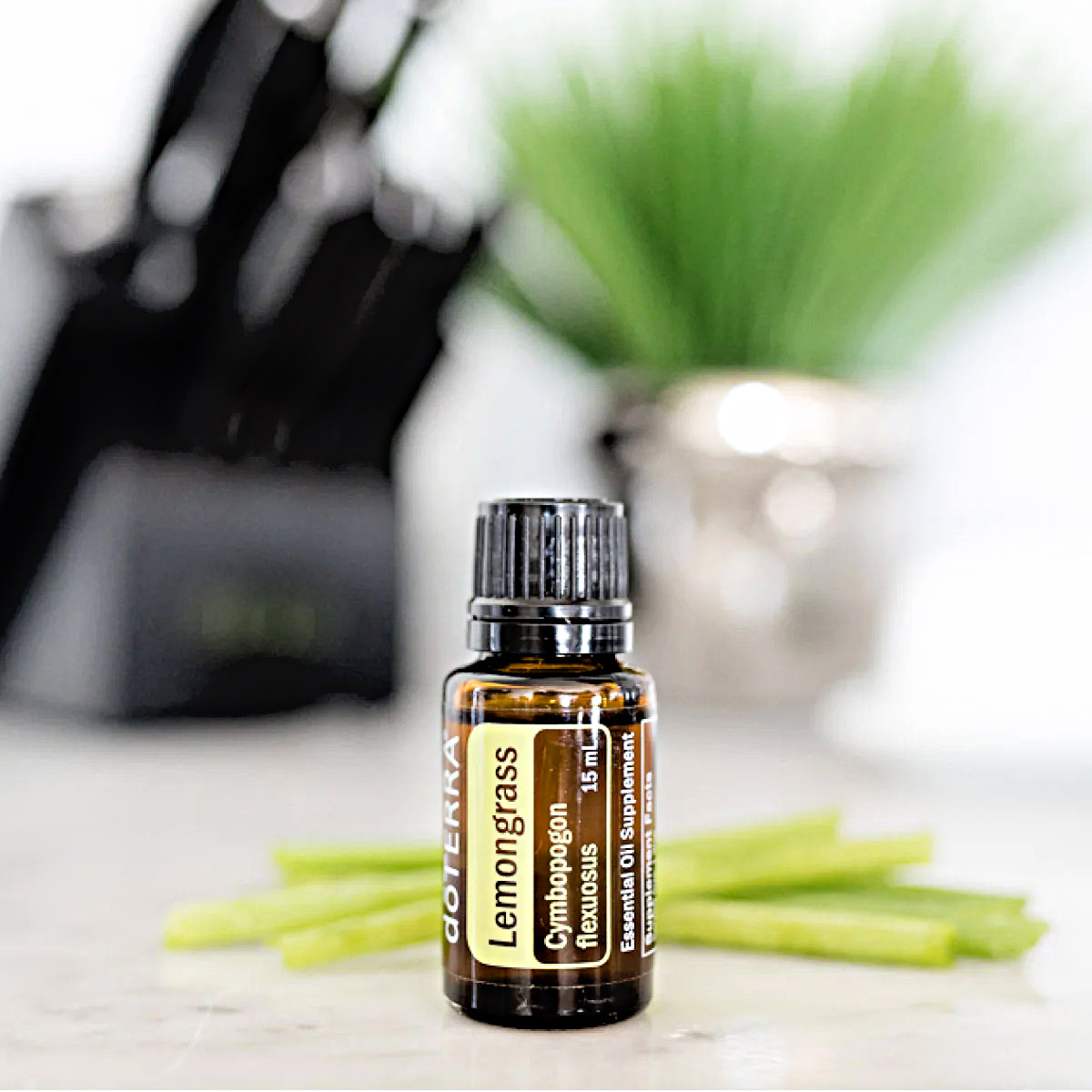
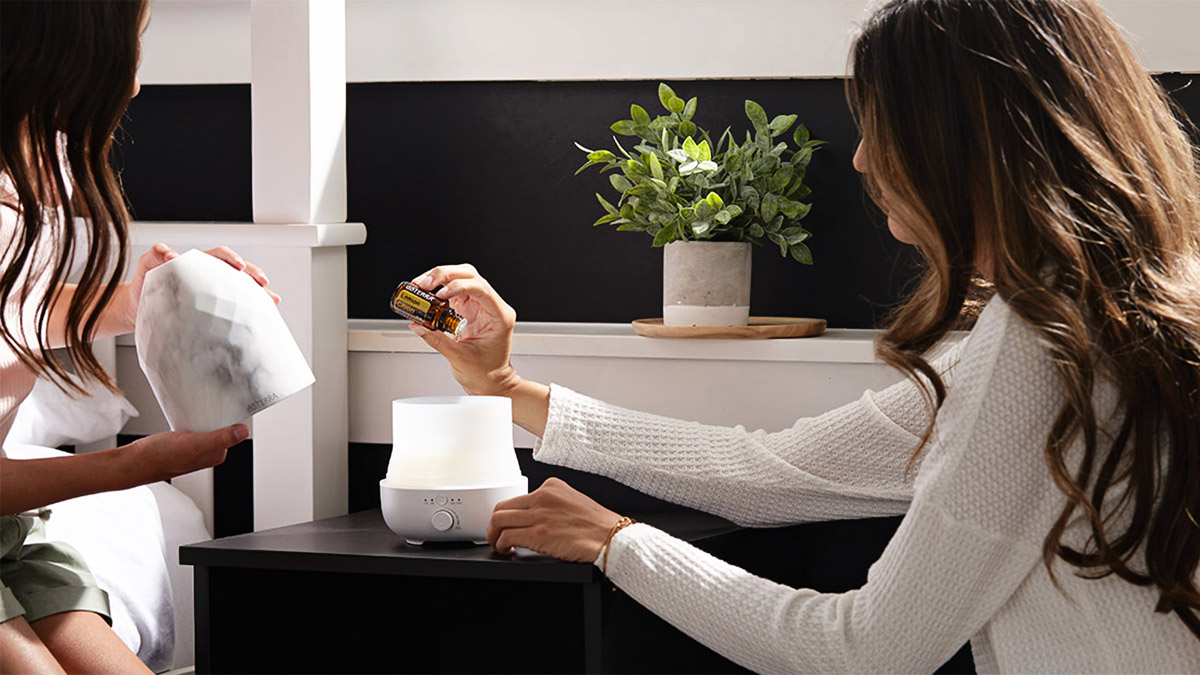
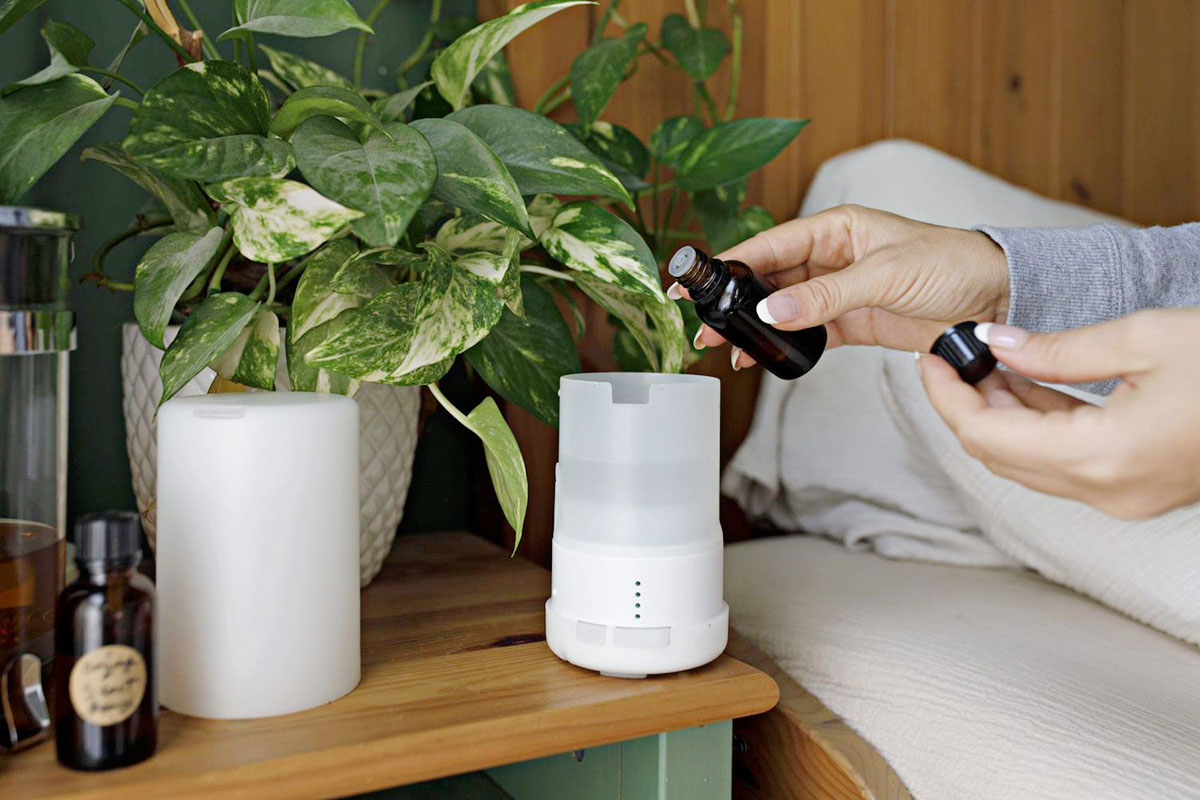

0 thoughts on “How To Mix Essential Oil For A Diffuser”